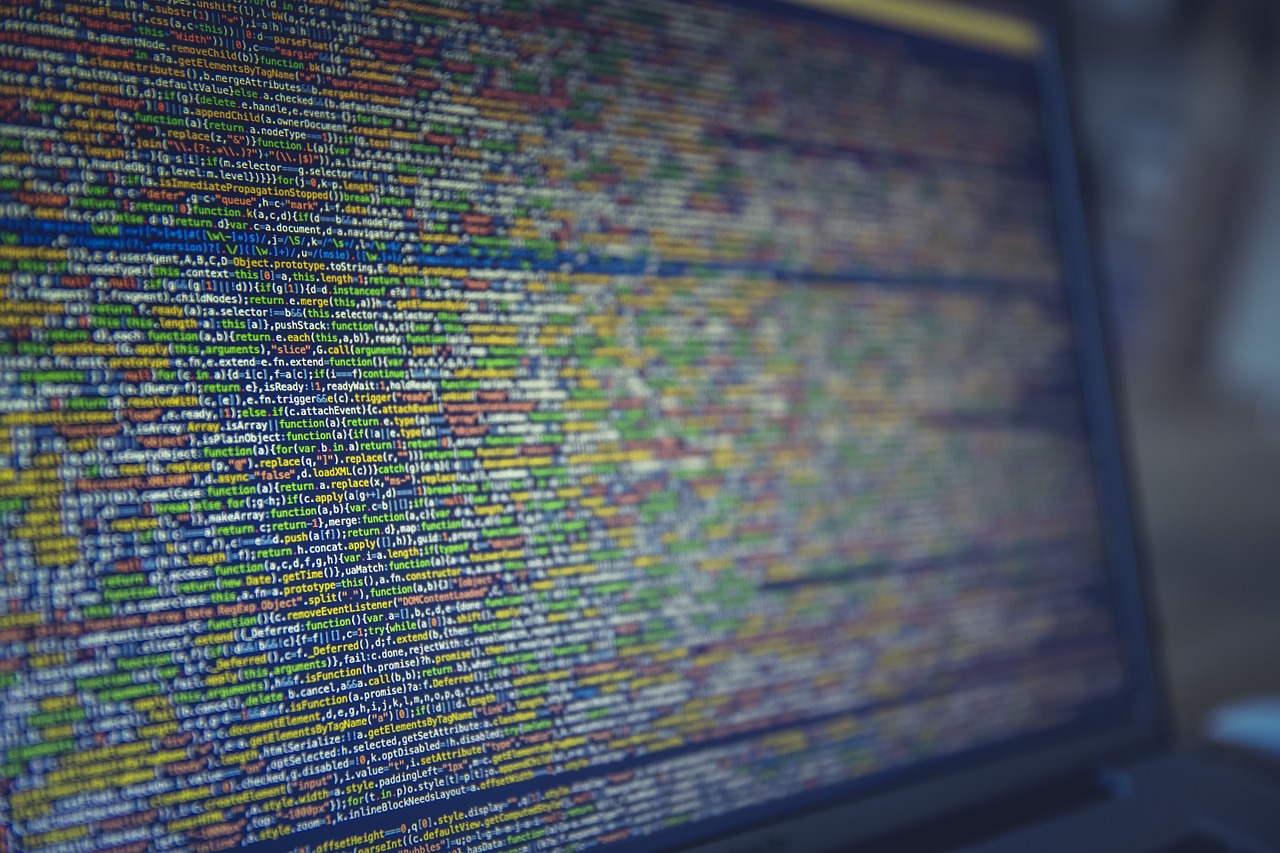The term malware seems to be making the headlines more frequently these days especially with all the cyber attacks on banks worldwide and businesses on a whole here in Australia. But in order to fully protect your business from the threat of malware it is important to understand the many forms of malware that there are and how it is crucial to first and foremost grasp what damage they can do.
What is Malware?
The abbreviated term for malicious software, “malware,” is a generic term used to describe any type of software or code specifically designed to exploit a computer/mobile device or the data it contains, without consent. Most malware is designed for financial gain or for the purpose of just simply extracting data – be it emails, records or files – which cyber criminals can use as leverage over their victims. The possibilities of what sort of information can be compromised have become endless and it is often down to luck whether any infection that you may have is actually a serious threat or not. Some cyber criminals simply just want to use up your internet bandwidth, whilst others will lock down your computer or even server and demand some form of financial ransom.
How Malware spreads and the types of Malware
Malware has a variety of ways to get past your defences, including: Email attachments, media drives (USB, SD), software installations (containing malware in them), malicious advertisements (malvertising), infected apps, phishing emails and even text (SMS) messages. Cyber criminals are always changing the way they attack so we can expect more methods of infiltration in the very near future.
There are different types of malware and each, by definition, have specific motives:
- Viruses – usually transported via emails, upon opening the email the virus activates and proceeds to infect the device. Viruses are usually attached as an attachment in the email and it is only when there is user interaction that the virus will trigger.
- Worms – unlike viruses worms doesn’t need any form of user interaction for it to trigger, instead it replicates itself from machine to machine (or device) usually by exploiting some sort of weakness in the software or operating system.
- Trojans – arguably the most popular method of attacks by cyber criminals because of its cunning method of tricking users to believing that what they are downloading, visiting or even clicking on is the real deal, but it’s not. Trojans masquerade themselves and when a user interacts it has the ability to steal personal data, crash a device or even spy on someones activities.
- Ransomware – the most profitable out of the bunch, and very lucrative for cyber criminals and once a user is infected it can totally shutdown the users’ ability to work leading them to pay the ransom. For an individual this can be costly, and even more so for big organisations who themselves have coughed up millions of dollars to pay for ransoms in order to get them back up and running again.
How can you defend and fight back against Malware
- Get yourself a trusted managed IT service provider who knows how to keep you protected at all times, and in the event of a security breach, knows exactly what to do to prevent your business from being crippled by cyber criminals
- Avoid clicking/downloading without thinking. Most malware is spread by user interaction – which is why cyber criminals have nearly mastered the method of masquerading emails, ads and downloadable software. As a rule of thumb, never click or download anything unnecessary. If you are unsure, seek an opinion from people who will know, like a managed IT service company or do your research first before clicking/downloading.
- If you know the person who sent you the email with an attachment, reach out to them first and confirm that they did in fact send you that email. A simple social media message, telephone call or text message will suffice. Or if they are in the same room go and ask them face to face. Prevention is always better than the clean up process, and it is never sure that the clean up process will clean everything up 100%.
- Have a backup (plan) – yes, backups and a backup plan. Backups should be taken care of at a personal level (your own physical and even cloud backup) as well as a business level backup where your managed IT services company should have regular backups setup for your business be held to ransom or have a malware attack.
If your company isn’t fully equipped to fend off cyber criminals, then you should definitely get in touch with us so we can discuss your options. Call us on 1300 768 779, email us at info@intellitek.com.au, fill out the web form, or have a Live Chat with us below.

